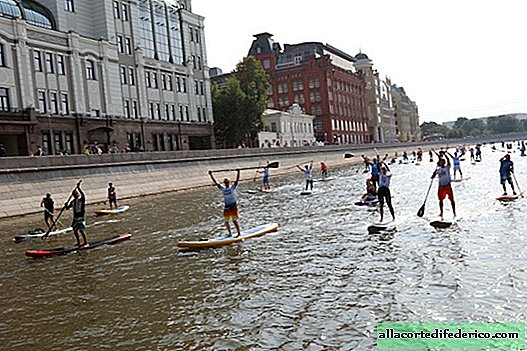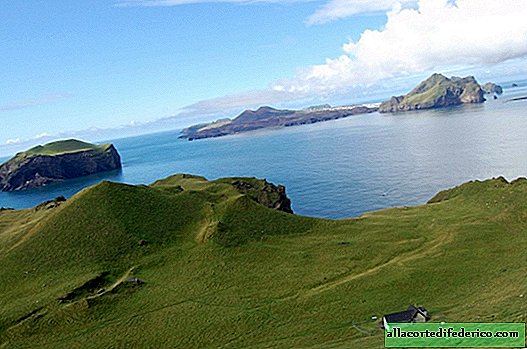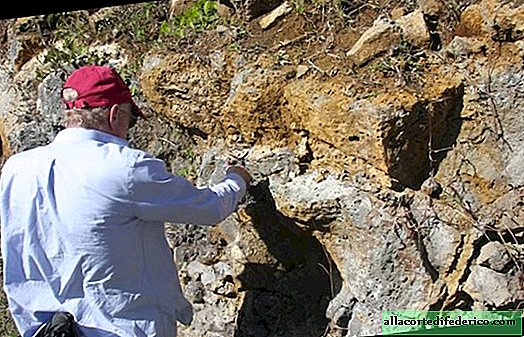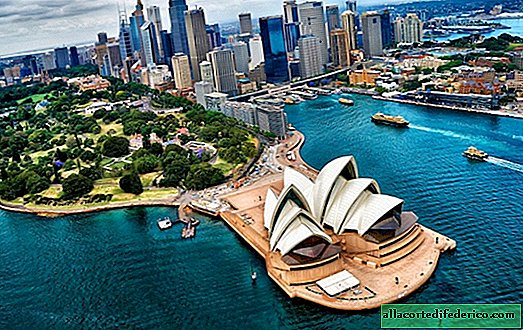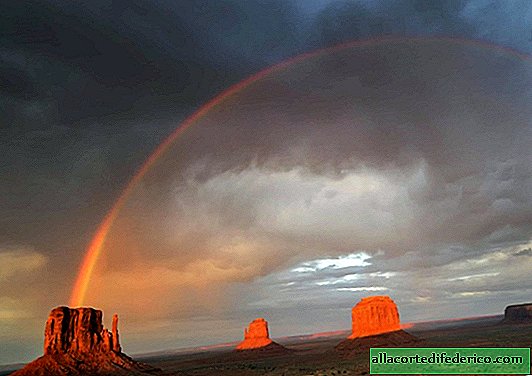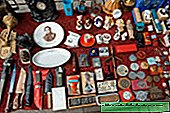In Antarctica, found a drawing of a deceased member of the expedition to the South Pole
The British expedition to the South Pole led by Robert Scott ended in failure: despite the fact that its members nevertheless achieved the desired goal, they all died on the way back. Recently, employees of the New Zealand Trust "Antarctic Heritage" found a watercolor painting by the explorer and artist Edward Wilson, who, along with the rest of the South Pole conquerors from Scott's team, went all the difficult way to the tragic end.
To be first
Edward Adrian Wilson was a versatile person: in addition to painting, he was also interested in science, including zoology, ornithology and physiology. A scientist with encyclopedic knowledge, he twice visited Antarctic expeditions, both times with Scott. The first expedition took place between 1901-1904. and ended happily. However, the second trip to the South Pole, in which, in addition to Scott and Wilson, was attended by three more people, was perhaps the darkest page in the history of the conquest of Antarctica.

In the photo: the same watercolor drawing
Wilson's drawing was found in a hut on Cape Adair. This winter hut was built by the Norwegian researchers of Antarctica back in 1899. Robert Scott's expedition wintered here in 1911-1912 on the way to the South Pole. The men were still full of strength and optimism, their journey was just beginning. They were sure that they would be the first people to reach the southernmost point of our planet. That’s why the picture of the bird, which seemed to freeze from the cold, looks like a frightening omen of the fate of the expedition.

In the photo: a hut on Cape Adare, in which a drawing was found
See the Norwegian flag
Almost at the same time as the British, a Norwegian expedition headed for the famous traveler Royal Amundsen set off for the South Pole. As a result, the Norwegians got the first, ahead of Scott by 34 days. When the exhausted conquerors of the Arctic saw the flag of Norway, they completely lost heart. Since then, the saying "see the Norwegian flag" has appeared in English, that is, to fail in some business.
Perhaps this finally crippled the expedition of Scott. On the way back, hunger began, people just did not have time to get to the storerooms due to snow blindness and frostbite. The tin plugs on the cans of kerosene played a fatal role: they collapsed from the frost, and the fuel gradually began to evaporate. When it was discovered, it was too late.
Amundsen until the end of his life could not forgive himself for what happened.
"I would sacrifice fame, decisively everything, to bring him back to life"- he wrote.

In the photo: expeditions of Scott (green) and Amundsen (red)
"Thursday, March 29th. From the 21st continuous storm with the SWL and SW. On the 20th we had fuel for two cups of tea and two days for dry food. Every day we were going to go to the warehouse, which was 11 miles away, but the blizzard doesn’t stop behind the tent. I don’t think that we can now hope for the best. We will endure to the end, but we are weakening and death is close, of course. It’s a pity, but I don’t think I can write more. R. Scott ", - this is the last entry in the expedition diary.
The search expedition found the bodies of the dead only in November 1912. An ice grave with a ski cross was installed at the place of their death.



